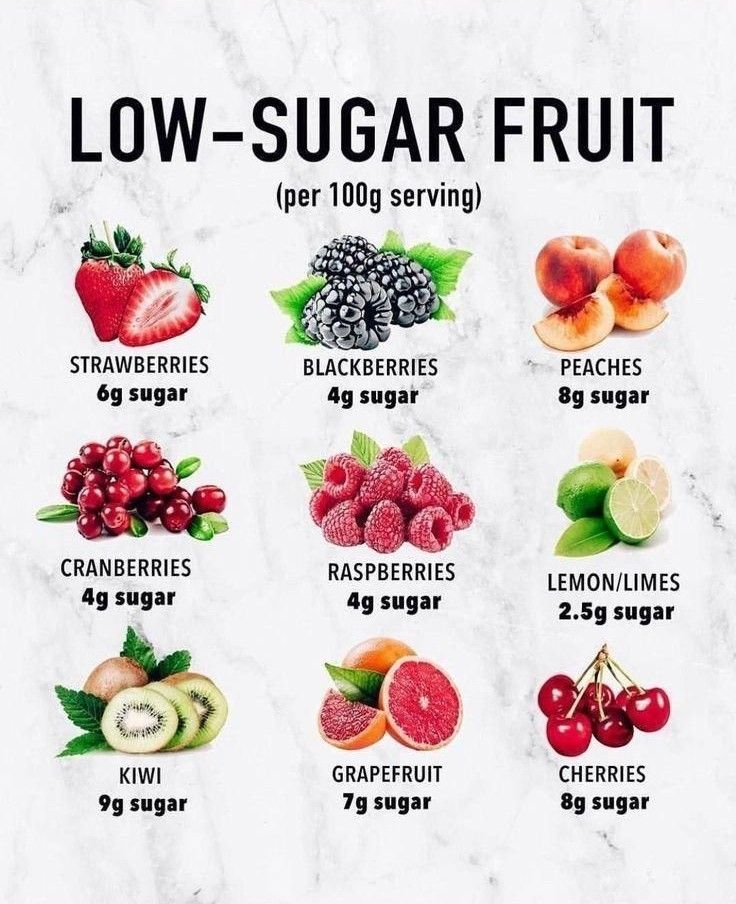The Glycemic Index: What It Is and Why It Matters

When it comes to healthy eating, blood sugar control, and energy balance, the Glycemic Index (GI) plays a crucial role. Whether you’re managing diabetes, weight loss, or optimizing athletic performance, understanding GI can help you make smarter food choices.
In this comprehensive guide, we’ll explore:
✅ What the Glycemic Index is
✅ How GI affects blood sugar and metabolism
✅ The difference between high, medium, and low GI foods
✅ Factors that influence GI
✅ The Glycemic Load and why it matters
✅ Practical tips for using GI to improve health
What is the Glycemic Index (GI)?
The Glycemic Index (GI) is a ranking system for carbohydrates based on how quickly they raise blood sugar levels after consumption. It assigns foods a score between 0 and 100, with pure glucose (sugar) being 100—the highest possible.
GI Categories
🔴 High GI (70-100): Rapid blood sugar spikes → Quick energy but leads to crashes.
🟡 Medium GI (56-69): Moderate blood sugar response.
🟢 Low GI (0-55): Slow digestion → Steady blood sugar levels and prolonged energy.
| Food Type | GI Score | Examples |
|---|---|---|
| High GI | 70+ | White bread, sugary cereals, white rice, potatoes, soda |
| Medium GI | 56-69 | Brown rice, honey, sweet potatoes, whole wheat bread |
| Low GI | 0-55 | Lentils, beans, oats, nuts, vegetables, dairy |
Why is the Glycemic Index Important?
1. Blood Sugar Control (Diabetes & Insulin Sensitivity)
When we eat high GI foods, blood sugar levels spike quickly, triggering a strong insulin response. Over time, frequent spikes can lead to insulin resistance, type 2 diabetes, and metabolic disorders.
Solution: Choosing low-GI foods helps maintain stable blood sugar levels, reducing the risk of diabetes and improving insulin sensitivity.
2. Weight Management & Satiety
High GI foods cause rapid hunger spikes, leading to overeating. Low GI foods, rich in fibre and protein, slow digestion and keep you full longer, reducing overall calorie intake.
Solution: Prioritize low and medium GI foods to control appetite and maintain a healthy weight.
3. Energy Levels & Athletic Performance
- High GI foods provide quick energy, making them ideal for pre-or post-workout meals.
- Low GI foods release energy gradually, making them perfect for sustained endurance (e.g., long-distance running).
Solution: Tailor your carbohydrate intake based on your activity levels and energy needs.
4. Heart Health & Chronic Disease Prevention
A diet high in refined carbs (high GI foods) is linked to increased cholesterol, inflammation, and cardiovascular disease. On the other hand, low GI foods help regulate blood pressure and lower cholesterol levels.
Solution: Incorporate whole grains, legumes, and vegetables for better heart health.
Factors That Influence GI of Foods
Not all carbs affect blood sugar in the same way. Here are key factors that impact the GI of a food:
1. Fiber Content
- More fiber = Lower GI (slows down digestion).
- Example: Whole grains, vegetables, and legumes have a lower GI than processed carbs.
2. Cooking Methods
- Longer cooking time = Higher GI (as starch becomes more digestible).
- Example: Overcooked pasta has a higher GI than al dente pasta.
3. Food Processing
- Highly processed foods = Higher GI (because they digest faster).
- Example: Instant oats have a higher GI than steel-cut oats.
4. Protein & Fat Content
- Proteins and fats slow digestion, lowering GI.
- Example: Adding avocado, nuts, or eggs to a meal reduces its glycemic impact.
5. Acidity & Fermentation
- Acidic foods like vinegar or sourdough bread have a lower GI because acid slows stomach emptying.
Glycemic Index vs. Glycemic Load: What’s the Difference?
While the Glycemic Index (GI) tells us how fast food raises blood sugar, it does not consider portion sizes. That’s where Glycemic Load (GL) comes in.
🔹 Glycemic Load (GL) = GI x Carbohydrate Content per Serving ÷ 100
| GL Category | Value |
|---|---|
| Low GL | 0-10 |
| Medium GL | 11-19 |
| High GL | 20+ |
💡 Example:
- Watermelon has a high GI (72), but since it contains very few carbs per serving, its GL is low (5)—meaning it doesn’t spike blood sugar significantly.
- This shows that not all high-GI foods are bad if eaten in small portions!
Practical Tips for Using GI in Your Diet
✔ Choose Whole Grains Over Refined Grains
- Swap white rice → brown rice
- Swap white bread → whole-grain bread
✔ Pair Carbs with Protein & Healthy Fats
- Eat bread with peanut butter instead of plain bread.
- Add chicken or fish to rice dishes to reduce glycemic impact.
✔ Incorporate Fiber-Rich Foods
- Add vegetables, beans, and nuts to your meals.
✔ Avoid Overcooking Starchy Foods
- Cook pasta al dente and let potatoes cool before eating (to increase resistant starch).
✔ Be Mindful of Portion Sizes
- Even low-GI foods can raise blood sugar if eaten in large quantities.
Final Thoughts
The Glycemic Index is a powerful tool, but it’s not the only factor in healthy eating. It’s important to look at overall nutrition quality, portion sizes, and meal composition rather than just GI scores.
By making smart carbohydrate choices and balancing meals with fibre, protein, and healthy fats, you can maintain stable energy levels, control hunger, and reduce the risk of chronic diseases.
🔹 Do you monitor GI in your diet? What are your go-to low-GI foods?

